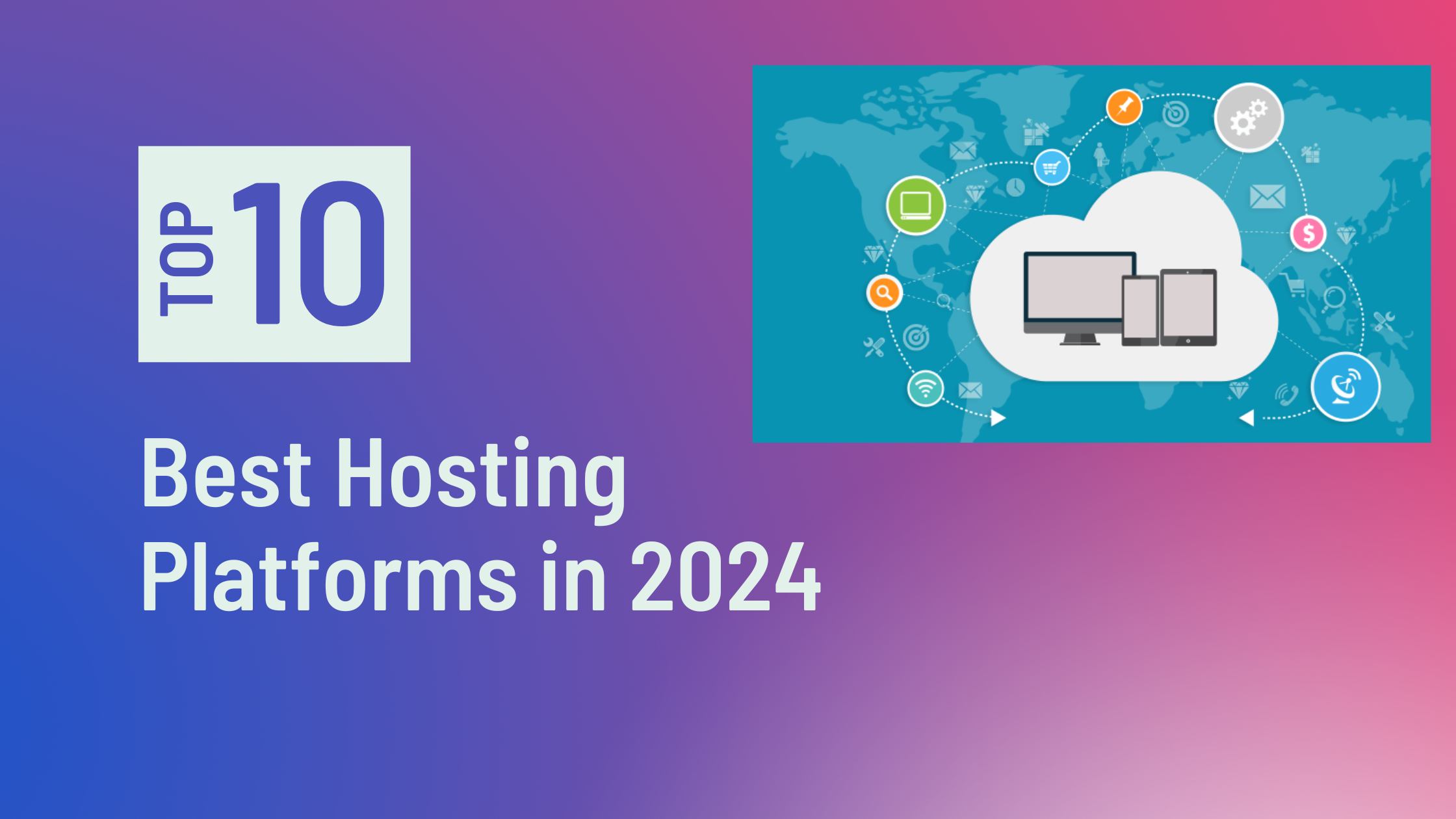In today's digital landscape, content is more than just king—it's the entire kingdom. According to HubSpot, 70% of marketers are actively investing in content marketing, highlighting its undeniable impact. But content isn't just about filling up web pages; it serves a dual purpose that can make or break your online presence: Engagement and Sales.
Engaging content draws people in, keeps them on your site, and turns casual visitors into loyal followers. On the flip side, strategic content nudges these followers down the sales funnel, converting them into paying customers. The magic lies in crafting content that does both—engages and sells.
This article aims to be your comprehensive guide on how to create content that not only captivates your audience but also drives sales. Whether you're a seasoned marketer or a beginner looking to make your mark, this guide is for you.
By the end of this article, you'll learn:
- Why a well-thought-out content strategy is non-negotiable
- How to understand your audience for targeted content creation
- The types of content that engage and how to craft them
- How to subtly incorporate sales elements into your content
- Measuring the effectiveness of your content
- Common mistakes to avoid in content creation
According to Content Marketing Institute, 91% of B2B marketers use content marketing to reach customers. But it's not just about creating content; it's about creating the right content. So, let's dive in and explore how to craft posts that engage and sell.
The Importance of Content Strategy
Content strategy refers to the planning, development, and management of written and visual content. It's not just about what you're going to publish; it's also about why, for whom, and how it aligns with your overall business objectives. Businesses with a documented content strategy are three times as likely to report success in their marketing efforts.
How a Well-Planned Strategy Affects Engagement and Sales
A well-thought-out content strategy does more than fill your blog or social media feed; it drives engagement and sales. By tailoring your content to meet the needs and interests of your target audience, you increase the likelihood of engagement. And engagement is the first step toward conversion. A study by Aberdeen showed that companies with strong content strategies experience a 27% higher click-through rate and 34% higher conversion rates compared to those without a strategy.
Let's look at some real-world examples to drive this point home:
- Coca-Cola: Their ‘Share a Coke' campaign was a content strategy masterpiece that increased U.S. sales for the first time in a decade. The campaign was rooted in deep consumer insights and was rolled out across multiple content formats.
- Buffer: This social media management tool grew their business mainly through content marketing. By offering valuable, strategy-focused content, they've built a blog that attracts over 1.5 million visits per month, according to Buffer's own resources.
- Airbnb: Their neighborhood guides not only offer value to users but also drive engagement and bookings. According to Airbnb, these guides have contributed to a 40% increase in user engagement.
A well-planned content strategy is not a nice-to-have; it's a must-have for any business looking to engage and convert its audience effectively. The statistics and real-world examples make it clear that investing time and resources to craft a solid content strategy can yield significant returns.
Understanding Your Audience
You've got a business, a brand, or maybe even just a message you want to get out there. But let me tell you, if you're shouting into the void without knowing who's listening, you're missing out on the magic. Let's talk about how understanding your audience can radically elevate your content and make your digital marketing efforts resonate.

The Concept of Buyer Personas
First things first, let's talk about buyer personas. Imagine you're a chef in a restaurant. If you're cooking for a crowd that loves vegan food, you're not going to win them over with a steak dinner. Buyer personas are essentially detailed profiles of your ideal customers. Knowing the specifics like age, gender, pain points, and even hobbies can help you tailor your message just right. According to a Marketo study, businesses that have honed their buyer personas have seen a 73% increase in conversions. Yes, you read that right, 73%!
Importance of Audience Research
Okay, now you might be asking, “How do I find out all this info?” The answer is audience research. Skipping audience research is like trying to hit a target in the dark. A HubSpot survey revealed that companies that prioritize audience research are 242% more successful in their marketing efforts. Research uncovers what your audience wants, what they don't want, and what will make them click that “Buy Now” button.
Tools and Methods for Effective Audience Research
You don't need to be Sherlock Holmes to figure out your audience. There are some pretty nifty tools out there to help you. Google Analytics is a goldmine for demographic information. SurveyMonkey can help you get direct feedback, and social media platforms have built-in analytics tools that show you exactly what content is working.
If you're willing to dig deeper, Nielsen's PRIZM is a lifestyle and behavior analytics tool. You can also conduct one-on-one interviews, focus groups or even analyze customer reviews and testimonials.
How Understanding Your Audience Influences Content Creation
Last but definitely not least, let's talk about how this audience's understanding of jazz impacts your content creation. You'll know what language resonates with them, what pain points to address, and what calls to action are most effective. In fact, according to a report by IMPACT, personalized calls-to-action are 202% more effective than generic ones.
So the next time you sit down to write a blog post, craft a social media update, or develop a new product, think of your audience. They're not just clicks or numbers; they're real people. And speaking their language can make all the difference.
Alright, go out there and be the rockstar marketer you were born to be! But remember, knowing your audience is the first step to truly captivating them.
Types of Content That Engage
Hey, friend! So, you've got a grip on who your audience is, what they like, and how to speak their language. But wait, there's more. Now comes the fun part: choosing the right type of content to keep them hooked. Let's dig in!

Overview of Different Content Types
Blogs
Blogs are like the bread and butter of content marketing. They are excellent for SEO, help establish authority, and are easily shareable. According to HubSpot, companies with blogs produce 67% more monthly leads than those without. Yup, it's a big deal!
Videos
People love videos; it's a fact. Videos are engaging, they're shareable, and they can explain complex topics in minutes. A report by WordStream says that 59% of executives would rather watch a video than read text. Can you blame them?
Infographics
Let's say you have some nifty data to share, but a plain old chart won't cut it. Enter infographics. They are visually stimulating, easy to understand, and perfect for sharing on social media. Infographics are liked and shared 3x more than other content types, according to Massplanner.
How to Choose the Right Type of Content for Your Audience
Remember those buyer personas we talked about? Here's where they really come in handy. If your audience is younger and spends a lot of time on TikTok or Instagram, videos and infographics might be your best bet. If you're aiming for a B2B audience who are looking for in-depth knowledge, detailed blogs or whitepapers can work wonders.
Examples of Highly Engaging Content in Various Formats
Blogs
Take a look at blogs like HubSpot's Marketing Blog or Moz's SEO guides. They provide valuable insights in an easily digestible format, which makes them highly shareable.
Videos
The ‘Dollar Shave Club' launch video is a classic example. It was humorous, on-point, and gained millions of views, setting the brand up for enormous success.
Infographics
Neil Patel often uses infographics to break down complex SEO topics. They’re shared across the web and add massive value to the reader.
Choosing the right type of content isn't just about what you want to create; it's about what your audience wants to consume. Make them happy, and you'll be on the fast track to content marketing success.
Crafting Content That Sells
You've got the lowdown on your audience and know what type of content makes them tick. Now, let's go one step further and dive into crafting content that engages and sells.
The Psychology of Selling Through Content
The secret sauce to selling through content is understanding psychology. When you tap into your audience's needs and desires, you create content that resonates. For instance, the principle of ‘reciprocity' suggests that people feel a natural urge to give something back when they give something valuable. That’s why free e-books or value-packed webinars often result in higher sales. The more value you provide, the more inclined people are to trust you and, ultimately, buy from you.
How to Incorporate Sales Elements Subtly
So, how do you sell without screaming ‘Buy Now!' in every line? Subtlety is key. Embed testimonials or success stories naturally within your content. Another clever trick is the ‘Zeigarnik Effect,' which suggests that people remember uncompleted tasks better than completed ones. So, tease some valuable information but offer the full story behind a subscription or purchase wall.
Call-to-Action (CTA): What it is and How to Use it Effectively
The CTA is your golden ticket. The final nudge turns a reader or viewer into a customer. But a generic ‘Click Here' won’t cut it. Personalized CTAs perform 202% better, according to a report by IMPACT. Your CTA should be compelling and relevant and make the user feel like they're getting a deal they can't refuse.
Examples of Content That Successfully Drove Sales
Remember the ‘Old Spice Guy' campaign? Not only did it go viral, but sales also increased by 107% as reported by Wieden+Kennedy. On the subtler side, the skincare company Glossier frequently uses Instagram stories to feature real people reviewing their products. The result? A fiercely loyal customer base that eagerly makes repeat purchases.
Measuring Content Effectiveness
So, you've brainstormed killer ideas, crafted content you’re proud of, and finally ready to show it to the world. But wait! How do you know if your content is really hitting the mark? Enter the game-changing world of content measurement and analytics.
Importance of Tracking and Analytics
Would you ever bake a cake without checking to see how it turned out? Probably not. The same goes for your content. Analytics aren't just a ‘nice-to-have'; they're essential. According to the Content Marketing Institute, 79% of B2B marketers credit their success to metrics and analytics. These data-driven insights help you understand what's working and what's not so that you can tweak your strategy for maximum impact.
Key Performance Indicators (KPIs) to Monitor
Not all KPIs are created equal. While getting lost in a sea of data is tempting, focus on metrics that align with your goals. Want to increase brand awareness? Keep an eye on reach and impressions. If customer engagement is your thing, then comments, shares, and average time spent on your content are your go-to KPIs. And let's not forget the ultimate goal—sales. Conversion rate and ROI are your true north in this department.
Tools for Measuring Content Effectiveness
You don't have to be a data scientist to measure content effectiveness. Tools like Google Analytics, HubSpot, and SEMrush make it easy to track performance. Google Analytics is particularly useful for keeping tabs on metrics like page views, bounce rate, and user behavior. HubSpot is great for tracking leads and conversion rates, while SEMrush shines in competitive analysis and keyword tracking.
How to Adapt Your Strategy Based on Analytics
Alright, you've gathered your data. Now what? The key is to adapt and evolve. For instance, if you notice that your blog posts are getting high traffic but low engagement, perhaps they're not resonating emotionally. Try adding stories or examples to humanize your content. Conversely, if you're getting a lot of shares but no conversions, take a look at your call-to-action (CTA). Is it compelling enough? Remember, data is a tool, not a verdict. Use it to inform and guide your strategy, not to define it.
At the end of the day, measurement isn't just about counting likes or tallying page views. It's about understanding your audience on a deeper level. It's about learning, growing, and relentlessly optimizing for better results. With 44% of B2B marketers not measuring ROI, according to Smart Insights, you've got a clear advantage if you pay attention to your metrics.
Conclusion
Well, my friends, here we are at the end of our deep dive into the world of content marketing. Let's do a quick recap before sailing into your content creation adventure.
Key Points to Remember
- Understanding your audience is paramount. This is your starting point, from developing buyer personas to diving deep into their needs.
- Choosing the right content type— blogs, videos, or infographics—sets the stage for engagement.
- Crafting content that sells isn’t about the hard sell. It’s about the psychology of selling, seamlessly incorporating sales elements, and pushing the right CTAs.
- Measuring your content’s effectiveness is non-negotiable. From selecting the right KPIs to using analytics tools, you have to keep an eye on performance.
Your Next Steps
So, what's stopping you? You've got the knowledge, you've got the tools, and—most importantly—you've got something to say. The world of content creation is ready for you to make your mark. Don't let fear or indecision hold you back. Take the plunge and start creating. Whether you’re a novice just testing the waters or a seasoned pro looking to elevate your game, now is the time to implement these strategies.










